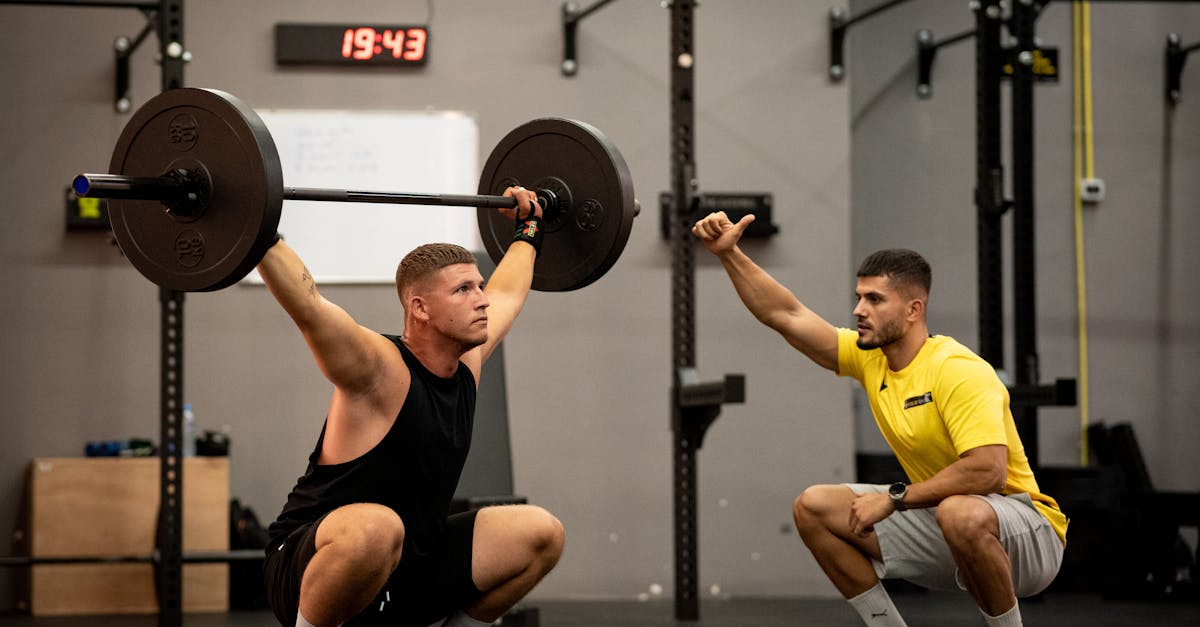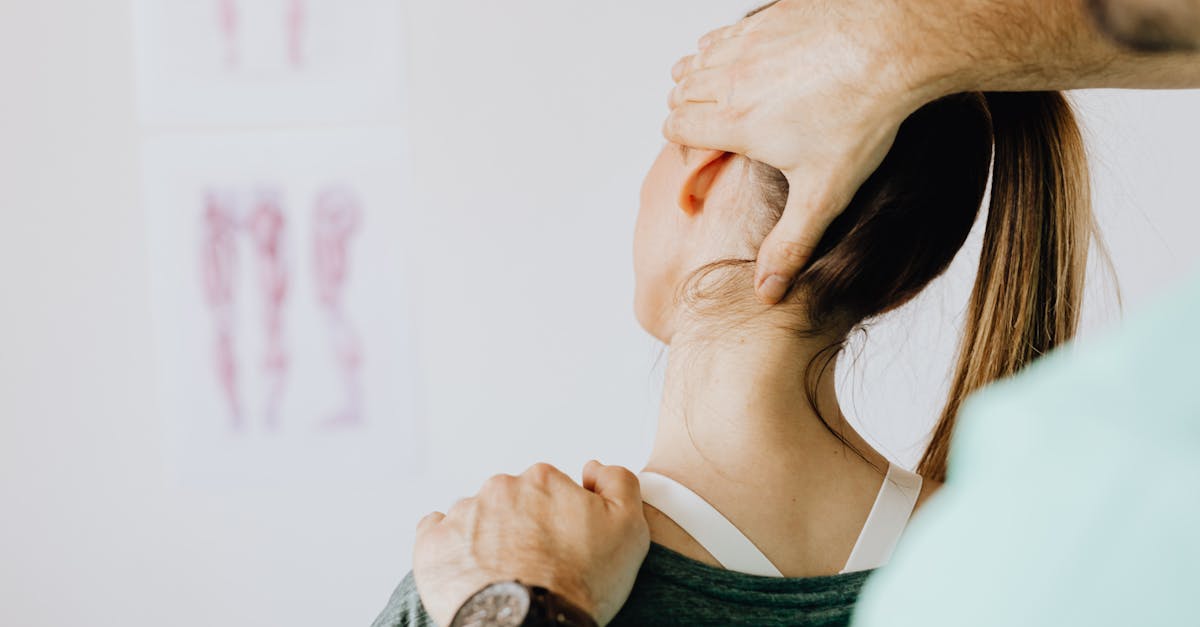Lower Back Pain Holding You Back from Living Life Fully?
In Short: Are improper lifting techniques leading to lower back pain and discomfort? Implementing proper lifting techniques can significantly reduce your chances of developing persistent lumbar pain or even conditions like sciatica, herniated disc, and piriformis syndrome. Pulse Align offers essential tips that can enhance your daily activities while minimizing strain on your back. By focusing on safe lifting methods, you can improve your posture, strengthen your core using targeted core strengthening exercises, and experience greater ease in your movements. Reclaim your health and wellness at Pulse Align Clinics—book your appointment today!
Are you struggling with lower back pain and poor posture?
Practice Proper Lifting Techniques: Pulse Align’s Tips for Lower Back Safety is vital for anyone looking to prevent lower back pain and ensure long-term health. Studies show that up to 80% of adults experience issues related to lumbar pain, often exacerbated by improper lifting methods. Discover effective strategies to implement proper lifting techniques, minimize the risk of herniated discs, and enhance core strengthening exercises to alleviate sciatica pain. With Pulse Align’s expert tips, you can transform your lifting habits and support your efforts in posture correction, ultimately helping to conquer lower back pain when bending over.
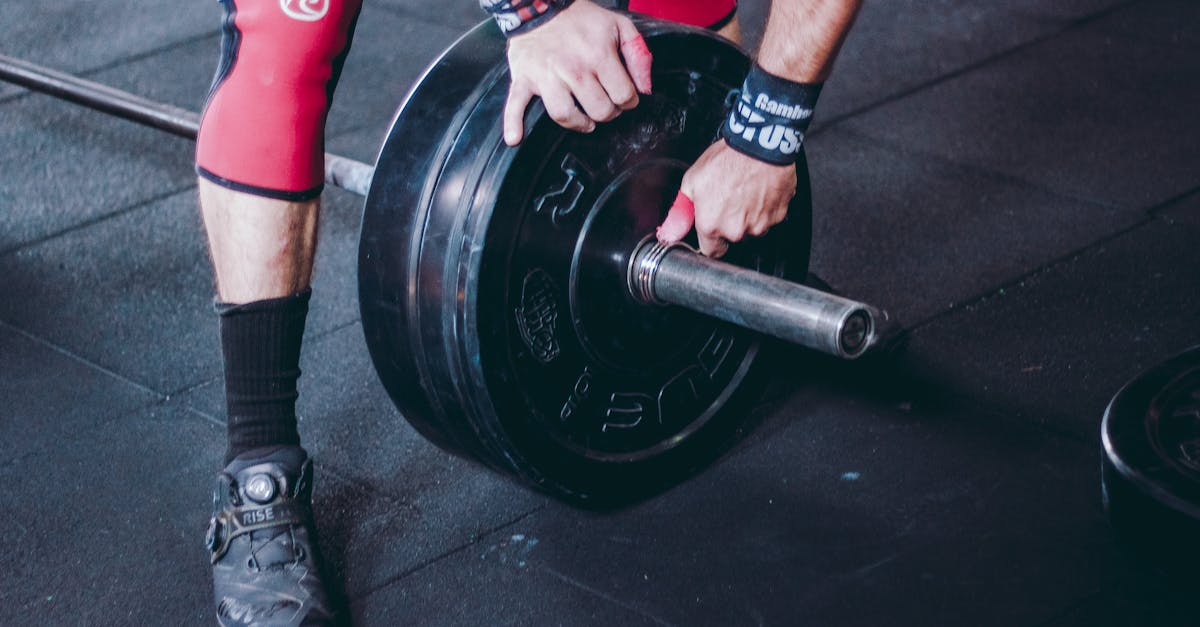
In today’s fast-paced world, maintaining a healthy lifestyle is crucial, and practicing proper lifting techniques can play a significant role in achieving this goal. At the heart of this practice lies an essential focus on posture improvement and the importance of nurturing our bodies through neuromuscular recalibration. By incorporating safe lifting methods into our daily routines, we set ourselves on a path to better overall well-being.
Understanding Safe Lifting Techniques
Proper lifting techniques are not merely about avoiding injury; they are integral to recalibrating muscle tone and enhancing our body’s natural balance. With Pulse Align’s unique approach, clients can learn the importance of employing gentle stimulation to promote muscle tone symmetry. This effective method focuses on helping individuals understand their bodies better, allowing them to lift efficiently while minimizing the risk of discomfort or tension.
The Holistic Benefits of Pulse Align
One of the key advantages of adopting holistic approaches is the synergy between safe lifting techniques and the body’s innate healing capabilities. At Pulse Align, we emphasize that while our methods do not diagnose or treat specific conditions, they support the natural processes the body employs to maintain optimal health. Our clients often mention a noticeable improvement in their overall balance, symmetry, and posture, allowing them to navigate daily tasks with greater ease.
Client Experiences and Feedback
Many clients have shared their positive experiences with our services, expressing how they have been able to improve posture naturally and reduce feelings of tension. They frequently remark on the benefit of learning techniques that not only enhance how they lift but also empower them in their daily lives. Such outcomes underline the natural synergy between our approach and the body’s remarkable ability to restore its own balance.
Explore Pulse Align Services Today
If you’re ready to embrace a lifestyle that promotes core strengthening and overall wellness, we invite you to explore how Pulse Align can assist you on this journey. With clinics located in various cities including Montreal, La Prairie, Terrebonne, Chicoutimi, Charlesbourg, Saint-Jérôme, Châteauguay, Sainte-Marie, Les Escoumins, Granby, and Panama City, there’s a Pulse Align location ready to welcome you. Learn more about the benefits of our services and how they can complement your wellness journey by visiting our website and booking a consultation today.
At Pulse Align, we hope to redefine your well-being experience through family-friendly and non-invasive methods that elevate your everyday life. Remember, our approach aligns with your healthcare goals while providing you with the tools to foster a balanced, healthier lifestyle.
- Plan Ahead: Always assess the weight and size of the object you are lifting.
- Positioning: Stand close to the object with your feet shoulder-width apart for stability.
- Bend Your Knees: Squat down by bending at the knees and hips, not your waist.
- Keep It Close: Hold the object as close to your body as possible when lifting.
- Lift with Your Legs: Let your legs do the work while keeping your back straight.
- Avoid Twisting: Turn your whole body instead of twisting at the waist when moving the object.
- Engage Your Core: Maintain core strength for better support during the lift.
- Get Help: Don’t hesitate to ask for assistance with heavy or awkward loads.
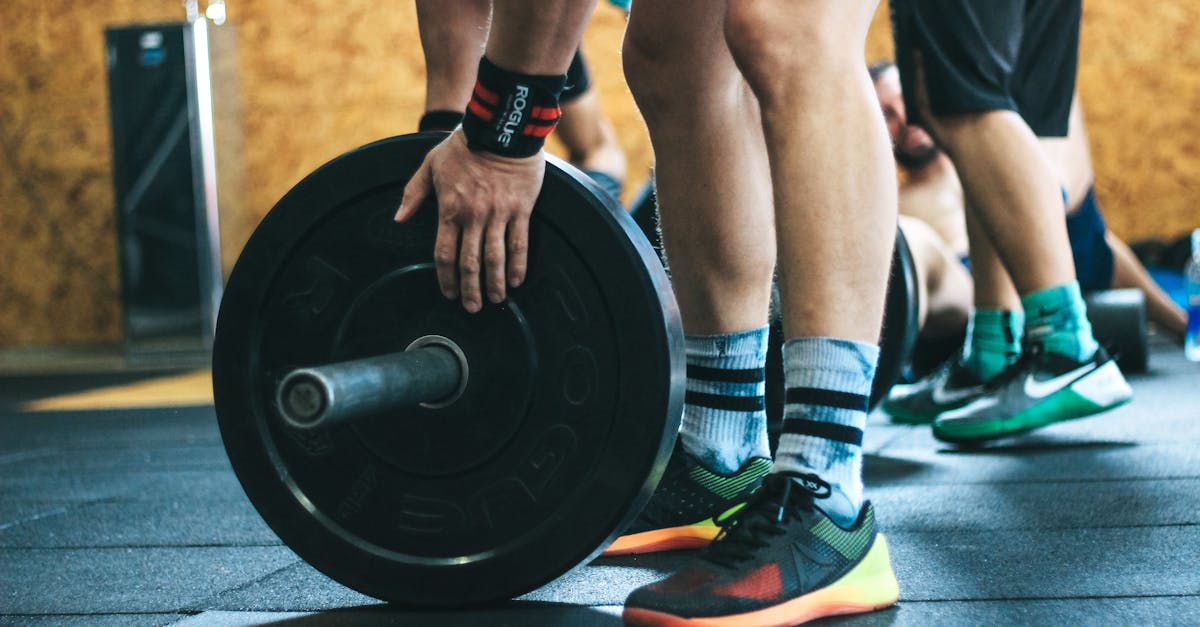
Proper lifting techniques are essential in safeguarding your lower back, especially for those susceptible to conditions like lower back pain, sciatica, or even herniated discs. Understanding how to lift correctly can lead to enhanced lumbar pain relief and improved overall health. This article outlines the key strategies you can implement to protect your back during lifting, while also emphasizing the importance of core strengthening exercises and holistic recalibration offered through Pulse Align.
The Importance of Proper Lifting Techniques
Lifting improperly can subject your spine to excessive pressure, leading to conditions such as spinal stenosis or chronic lumbar pain. By employing proper lifting techniques, not only do you enhance your safety, but you also promote better nervous system recalibration and functional movement patterns. Incorporating ergonomics into your lifting methods minimizes the risk of injuries while supporting your core strengthening efforts.
Key Strategies for Safe Lifting
1. Mind Your Posture: Begin by standing close to the object you want to lift, with your feet shoulder-width apart. Your back should remain straight, with a slight arch to maintain curvature.
2. Bend Your Knees: Rather than bending at your waist, squat down by bending your knees and sending your hips back, ensuring minimal stress on your lower back.
3. Engage Your Core: Activate your core muscles while lifting to provide extra support and stabilization for your spine.
Exercises to Enhance Lower Back Safety
Incorporate lower back pain stretches and trunk exercises into your routine to further bolster your back’s resilience. Consider the following:
- Piriformis Syndrome Stretches: Such exercises are vital for alleviating sciatic pain, especially when lifting.
- Pelvic Tilts: These are simple yet effective for enhancing lower back health.
- Core Strengthening: Engage in exercises like planks and bridges to provide a strong base for lifting.
Additional Recommendations for Ergonomics
Utilize an ergonomic chair at your workstation to promote better posture throughout the day. Attention to sleep positions may also play a crucial role in minimizing lower back pain when bending over in your daily activities. Choose sleep positions that align your spine effectively to prevent strain.
Conclusion: Take Action for Your Back Health
It is imperative to adopt the proper lifting techniques to safeguard against lower back pain and maintain neuromuscular health. We encourage you to consider a personalized approach to back care by booking a consultation with Pulse Align. Our experts are ready to assist you in implementing tailored exercise plans designed for effective treatment and prevention, including shockwave therapy for lower back pain relief.
| Key Factor | Pulse Align’s Approach |
| Body Mechanics | Encourages techniques that promote natural alignment to enhance lifting safety and efficiency. |
| Posture | Advocates for upright posture and stability, reducing the strain on lower back muscles. |
| Warm-Up | Recommends prior stretching to prepare the body for lifting tasks, enhancing flexibility. |
| Load Assessment | Emphasizes the importance of assessing weight and size before lifting to minimize risk. |
| Balanced Stance | Encourages a wide stance for stable footing, minimizing the risk of injury. |
| Leg Usage | Promotes using legs instead of back for lifting, fostering better body mechanics. |
| Recalibration | Integrates gentle movements to support body recalibration and relief from tension. |
| Environmental Awareness | Advocates for awareness of surroundings to improve lifting safety. |
| Mindfulness | Encourages mindful lifting, promoting focus and reducing accidental strain. |
| Community Support | Fosters a sense of community where individuals can share tips for holistic wellness. |
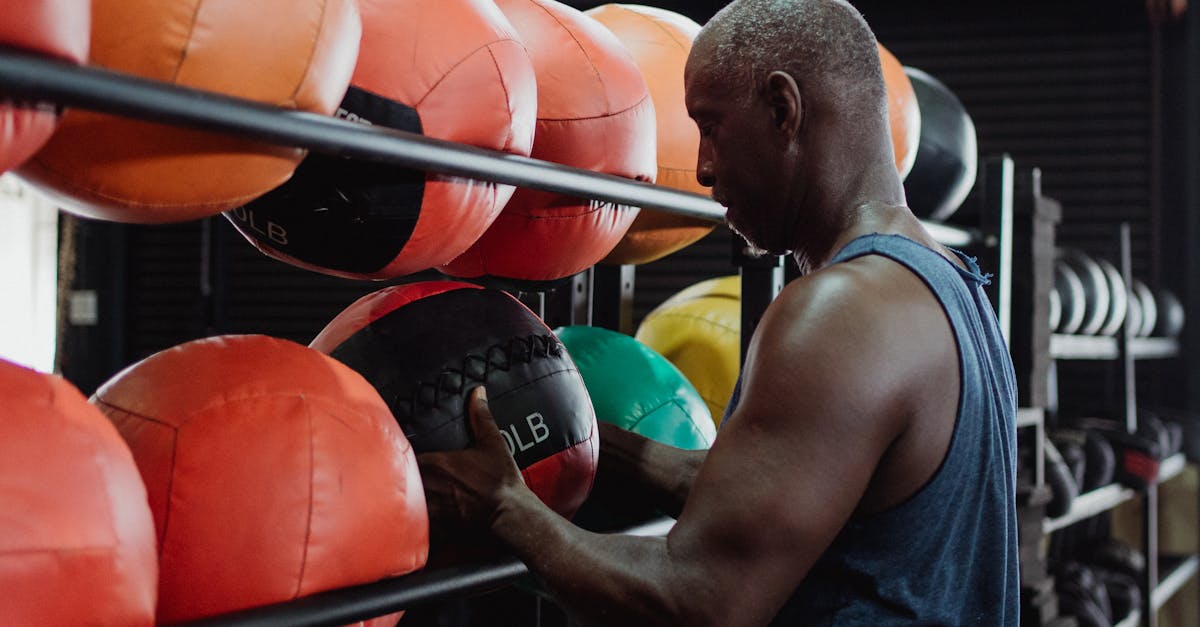
Empowering Wellness: Client Experiences with Pulse Align’s Lifting Techniques
Clients from various regions, including La Prairie and Mont-Royal, have shared remarkable stories about how Pulse Align’s unique approach to proper lifting techniques has transformed their daily lives. Many have reported significant improvements in their lower back health, all thanks to the comprehensive wellness strategies that emphasize the body’s natural ability to recalibrate and restore balance.
One client expressed, “After incorporating Pulse Align’s tips into my routine, I no longer dread lifting everyday objects. It has made a world of difference! The exercises not only relieved my pain but also helped me build strength.” This sentiment resonates with many residents in Terrebonne and Châteauguay, who are searching for practical solutions for better back health and overall wellness.
Additionally, clients from Deux-Montagnes report that Pulse Align’s methods provide them with a clearer understanding of how their body operates. One said, “I feel more in tune with my body and less fearful of activities that used to cause pain. The support from Pulse Align has been instrumental in my recovery.” Such feedback highlights the effectiveness of the wellness journey facilitated by Pulse Align’s integrative techniques.
The holistic recovery process at Pulse Align not only addresses the symptoms but also focuses on supporting clients and their families throughout their wellness journey. Many users have noted an enhanced quality of life, as they learn to lift safely and effectively without pain. Maintaining self-care has become achievable, particularly for those in Sainte-Marie and Chicoutimi, where there is a growing community dedicated to health and well-being.
As Pulse Align continues to foster a supportive environment, it stands out as a valuable resource for individuals looking to reclaim their vitality. Clients in areas like Saint-Jérôme and those planning to visit from Panama City have expressed eagerness to explore these transformative practices. With every class and workshop, the community grows stronger, amplifying the collective voice advocating for lower back health.
Find more about the locations where these transformative services are offered and discover how Pulse Align collaborates with healthcare teams at Our Clinics. Together, we aim to guide individuals towards greater wellness and enhanced body function.
Understanding how to lift correctly is crucial for maintaining a healthy back. Poor lifting techniques can lead to a wide array of issues, including muscle strain, chronic pain, and long-term harm. It is vital to embrace methods that prioritize safety and efficiency in lifting, minimizing the risk of injury and ensuring that the lower back is protected at all costs.
At Pulse Align, we advocate for the fundamental principles of safe lifting techniques. Emphasizing a proper stance—feet shoulder-width apart and knees bent—can make all the difference. Remember to maintain a straight back while using the power of your legs to lift heavy objects. This approach not only helps in alleviating undue pressure on your spine but also plays a significant role in promoting overall physical well-being.
Practicing good posture while lifting is equally important. It is essential to keep your core engaged and align your hips with your shoulders to maintain balance. Incorporating key stretching and strengthening exercises into your routine can enhance mobility and fortify the lumbar region. This combination allows individuals to manage discomfort more effectively while safeguarding their back health.
Our Mission
At Pulse Align, our mission is to deliver evidence-based, client-centered treatments that address the underlying causes of pain and dysfunction. By integrating advanced techniques and technologies, we strive to empower each person to take control of their health, ensuring a high standard of care, lasting relief, and an improved quality of life.
Incorporating the OSHA recommended lifting techniques is paramount. Preparing your muscles through stretching and warm-ups can significantly reduce the risk of injury during physical activities. Simple exercises such as lower-back rotations and hamstring stretches improve blood flow and enhance overall strength, ultimately protecting your back during lifting tasks.
It’s clear that implementing safe lifting techniques is not merely a suggestion, but a necessity. With intentional preparation and the right guidance, lifting can be transformed from a common risk factor into a manageable part of daily activities. Embracing these practices fosters measurable improvements in one’s quality of life and back health.
For those interested in exploring a range of innovative and integrative approaches to back health, learn more about our approach and available services at www.pulsealign.com and find a location near you at https://pulsealign.com/our-locations/.
Transform Your Pain Relief Journey with TAGMED’s Spinal Decompression Technology
TAGMED offers advanced Spinal Decompression Therapy, providing a non-surgical solution specifically designed to tackle moderate-to-severe disc issues. This innovative technique addresses conditions such as herniated discs, bulging discs, and spinal stenosis. By gently relieving pressure on affected discs and nerves, TAGMED’s specialized approach enhances mobility, alleviates pain, and supports your body’s natural healing process. If you’ve plateaued with other therapies, it’s time to explore how TAGMED’s evidence-based decompression strategy can help you regain an active, comfortable life.
Have you tried conventional treatments and still struggle with persistent back pain due to a severe disc condition?
Mechanism of Action
TAGMED’s neurovertebral decompression applies a controlled, progressive traction force to the spine. This method effectively increases the space between vertebrae, thereby reducing pressure on intervertebral discs and nerve roots. By promoting fluid circulation in the targeted area, this process aids in lowering inflammation and relieving pain. Consequently, it serves as a reliable, non-invasive solution for individuals dealing with chronic back challenges.
Specific Benefits
This non-invasive approach significantly alleviates chronic pain and symptoms associated with conditions like herniated discs or spinal stenosis. TAGMED’s therapy reduces pressure on nerve structures and optimizes fluid circulation around the discs. These critical factors expedite recovery and improve the quality of life for diverse patients seeking relief from persistent discomfort.
Comparison with Other Treatments
When comparing TAGMED’s neurovertebral decompression technology with traditional treatments such as pain medications, corticosteroid injections, or surgery, the advantages become clear. Neurovertebral decompression avoids invasive interventions, minimizing medication-related risks while potentially offering a faster recovery path. This makes it a compelling choice for those seeking safer, evidence-based alternatives to manage chronic pain.
Case Studies or Testimonials
Numerous patients have reported significant improvements after experiencing TAGMED’s neurovertebral decompression therapy. Testimonials highlight lasting pain relief, quicker resumption of daily activities, and a reduced reliance on pharmaceuticals. These firsthand accounts illustrate the tangible outcomes and practical benefits of this effective therapeutic approach.
By integrating comprehensive data and accessible language, TAGMED ensures that non-specialist readers can appreciate the value and effectiveness of neurovertebral decompression as a transformative method for chronic pain management.
Enhance Your Wellness Journey with Proper Lifting Techniques
If you’re looking to improve your posture and overall well-being, embracing proper lifting techniques can be a game changer. Pulse Align provides invaluable tips that not only focus on lower back safety but also promote holistic health. By practicing safe lifting practices, you can experience improved posture and reduced discomfort, creating a pathway to enhanced mobility.
Clients who engage with Pulse Align report positive experiences, highlighting how even small changes can lead to substantial improvements in their daily lives. Our commitment to gentle, non-invasive support aligns perfectly with the body’s natural ability to heal, fostering an environment where wellness can flourish.
Don’t wait to take action toward a healthier you. Discover the Pulse Align difference today and explore how our insights can empower you on your wellness journey. Schedule your consultation now and unlock the potential for natural pain relief and lasting well-being.
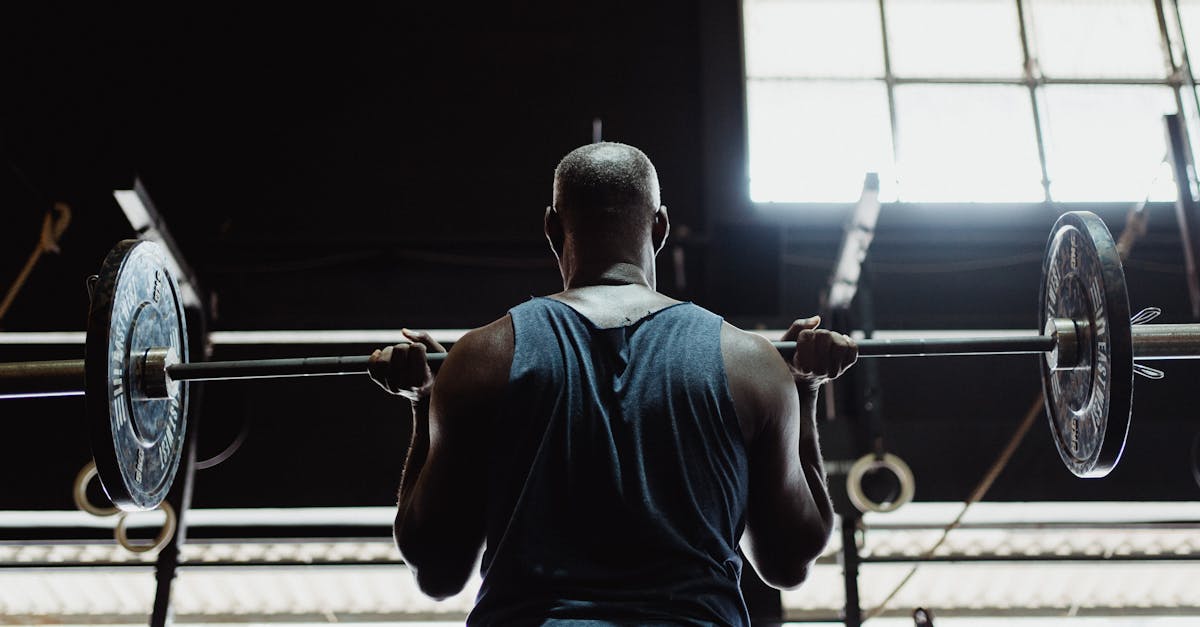
Do you suffer from a chronic condition that responds little or not at all to conservative treatments?
Pulse Align offers an innovative, non-invasive method designed to help clients restore their body’s natural balance and posture through gentle, imperceptible pulses. This unique approach facilitates the body’s natural recalibration process, which can lead to a noticeable reduction in muscle and joint discomfort. By emphasizing a holistic, alternative method, clients can experience improved overall well-being while addressing issues related to muscle tone and posture.
At Pulse Align, the focus is not on any specific discomfort or condition, but rather on supporting the body’s innate ability to recalibrate itself naturally. Clients often report significant improvements in their overall comfort, helping them enjoy a more active lifestyle. This gentle approach promotes muscle tone symmetry and encourages improved posture, leading to a greater sense of balance and well-being in daily activities.
The personalized methods employed at Pulse Align have garnered positive feedback from clients who have noticed remarkable enhancements in their overall wellness. Many have experienced notable improvements in tension related to the neck and back, fostering a sense of renewal and vitality. Clients express gratitude for the gentle touch and individualized care they receive, highlighting how these gentle techniques contribute to their journey towards enhanced balance and comfort.
Explore the transformative services offered by Pulse Align by visiting our website. Whether you’re in La Prairie, Mont-Royal, Terrebonne, or other nearby areas, Pulse Align invites you to embark on this journey toward improved wellness. Learn more about how our non-invasive approach can contribute to your well-being and that of your family. Remember, Pulse Align’s innovative services complement but do not replace your existing healthcare. To discover more about our locations and book a consultation, visit Pulse Align.
Pulse Align’s cutting-edge approach emphasizes restoring normal muscle tone symmetry and can effectively reduce joint tension throughout the body, which contributes to enhanced well-being. Our technology is designed to be gentle and safe for clients of all ages, including pregnant women and children. The superior quality services provided are tailored to meet the unique needs of each individual.
Take advantage of Pulse Align’s safe, non-invasive, and family-friendly services today. To learn more and book an appointment, visit our website at Pulse Align.
Frequently Asked Questions
Low Back Pain, sciatica
- Do lumbar herniated discs heal?Often, the herniated fragment partially reabsorbs over time, and symptoms lessen.
- Is there a special brace for sciatica?No specific sciatica brace, but some lumbar supports can provide relief.
- Is sciatica always related to a herniated disc?Often, yes, but it can also be caused by other issues, like spinal canal narrowing or muscle spasms.
- Heat or cold for low back pain?Heat relaxes muscles, while cold reduces inflammation. Both can help depending on the situation.
- Can sciatica cause numbness?Yes, irritation of the sciatic nerve can cause tingling, numbness, or weakness in the leg.
- Does a lumbar herniated disc always hurt?Not necessarily. Some hernias are asymptomatic, but if they compress a nerve root, they cause pain.
- Is surgery often necessary for sciatica?No, most cases resolve with conservative treatment. Surgery is reserved for severe or persistent cases.
- Is ice useful for acute sciatica?Ice can reduce inflammation and acute pain initially, alternating with heat can be beneficial.
- Is regular exercise key to prevention?Yes, regular, adapted physical activity is the best prevention against low back pain and sciatica.
- Can I do weight training with low back pain?Yes, but with professional guidance and avoiding exercises that worsen pain.
Louise Rousseau knows the toll low back pain can take on daily life—from struggling to tie your shoes to missing out on cherished activities. As a Low Back Pain Awareness Advocate at Pulse Align, Maryse blends compassion with the latest insights in pain relief to offer readers a trusted roadmap toward recovery. Her writing is shaped by heartfelt understanding and grounded in research, empowering others to navigate their own healing journeys. By fostering open dialogue and advocating for accessible solutions, Maryse champions a community where no one’s voice—or hope—is lost to pain.
Medical Disclaimer
The information and advice provided on this site do not replace the advice, diagnosis, or treatment of a healthcare professional. Please note that the author of this article is neither a doctor nor a specialist in a medical specialty as defined by the Collège des médecins du Québec. Manual medicine, functional medicine, and sports medicine as described on this site exclude any medical treatment or diagnosis made by a doctor or medical specialist. Always consult your doctor for any medical questions. For more details, please read our complete Legal Notice.
References
- Ogunniran, I. A., Akodu, A. K., & Odebiyi, D. O. (2023). Effects of kinesiology taping and core stability exercise on clinical variables in patients with non-specific chronic low back pain: a randomized controlled trial. Journal of Bodywork and Movement Therapies, 33, 20–27. https://www.sciencedirect.com/science/article/pii/S136085922200122X
- Kamali, F., Sinaei, E., & Taherkhani, E. (2018). Comparing spinal manipulation with and without Kinesio Taping® in the treatment of chronic low back pain. Journal of Bodywork and Movement Therapies, 22(2), 540–545. https://www.sciencedirect.com/science/article/pii/S1360859217302085
- Köroğlu, F., Çolak, T. K., & Polat, M. G. (2017). The effect of Kinesio® taping on pain, functionality, mobility and endurance in the treatment of chronic low back pain: A randomized controlled study. Journal of Back and Musculoskeletal Rehabilitation, 30(5), 1087–1093. https://content.iospress.com/articles/journal-of-back-and-musculoskeletal-rehabilitation/bmr169705
- Luz, M. A., Sousa, M. V., Neves, L. A., Cezar, A. A., & Costa, L. O. (2015). Kinesio Taping® is not better than placebo in reducing pain and disability in patients with chronic non-specific low back pain: a randomized controlled trial. Brazilian Journal of Physical Therapy, 19(6), 482–490. https://www.scielo.br/j/rbfis/a/pSKxKdvNtdvGqRm55T9rVnS/
- Artioli, D. P., & Bertolini, G. R. F. (2014). Kinesio taping: application and results on pain: systematic review. Fisioterapia e Pesquisa, 21(01), 94–99. https://www.scielo.br/j/fp/a/LTrVSBPGCpYv7Z9ntV4VpwB/?lang=en
- de Brito Macedo, L., Richards, J., Borges, D. T., Melo, S. A., & Brasileiro, J. S. (2019). Kinesio taping reduces pain and improves disability in low back pain patients: a randomised controlled trial. Physiotherapy, 105(1), 65–75. https://www.sciencedirect.com/science/article/pii/S0031940618301548
- Chang, N.-J., Chou, W., Hsiao, P.-C., Chang, W.-D., & Lo, Y.-M. (2018). Acute effects of Kinesio taping on pain, disability and back extensor muscle endurance in patients with low back pain caused by magnetic resonance imaging-confirmed lumbar disc degeneration. Journal of Back and Musculoskeletal Rehabilitation, 31(1), 85–93. https://content.iospress.com/articles/journal-of-back-and-musculoskeletal-rehabilitation/bmr169681
- Sarkar, N., Sarkar, B., Kumar, P., Laha, K., & Patel, L. (2018). Efficacy of kinesio-taping on pain, range of motion and functional disability in chronic mechanical low back pain: a randomized clinical trial. International Journal of Health Sciences & Research, 8(7), 105–112. https://www.academia.edu/download/87285818/my_research_on_low_back_pain.pdf
- Pakkir Mohamed, S. H., Al Amer, H. S., & Nambi, G. (2023). The effectiveness of Kinesio taping and conventional physical therapy in the management of chronic low back pain: a randomized clinical trial. Clinical Rheumatology, 42(1), 233–244. https://doi.org/10.1007/s10067-022-06352-3
- AlBahel, F., Hafez, A. R., Zakaria, A. R., Al-Ahaideb, A., Buragadda, S., & Melam, G. R. (2013). Kinesio taping for the treatment of mechanical low back pain. World Appl Sci J, 22(1), 78–84. https://www.researchgate.net/profile/Ashraf-Hafez-3/publication/328275215_Kinesio_Taping_for_the_Treatment_of_Mechanical_Low_Back_Pain/links/5c6751e192851c1c9de4567b/Kinesio-Taping-for-the-Treatment-of-Mechanical-Low-Back-Pain.pdf

